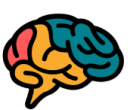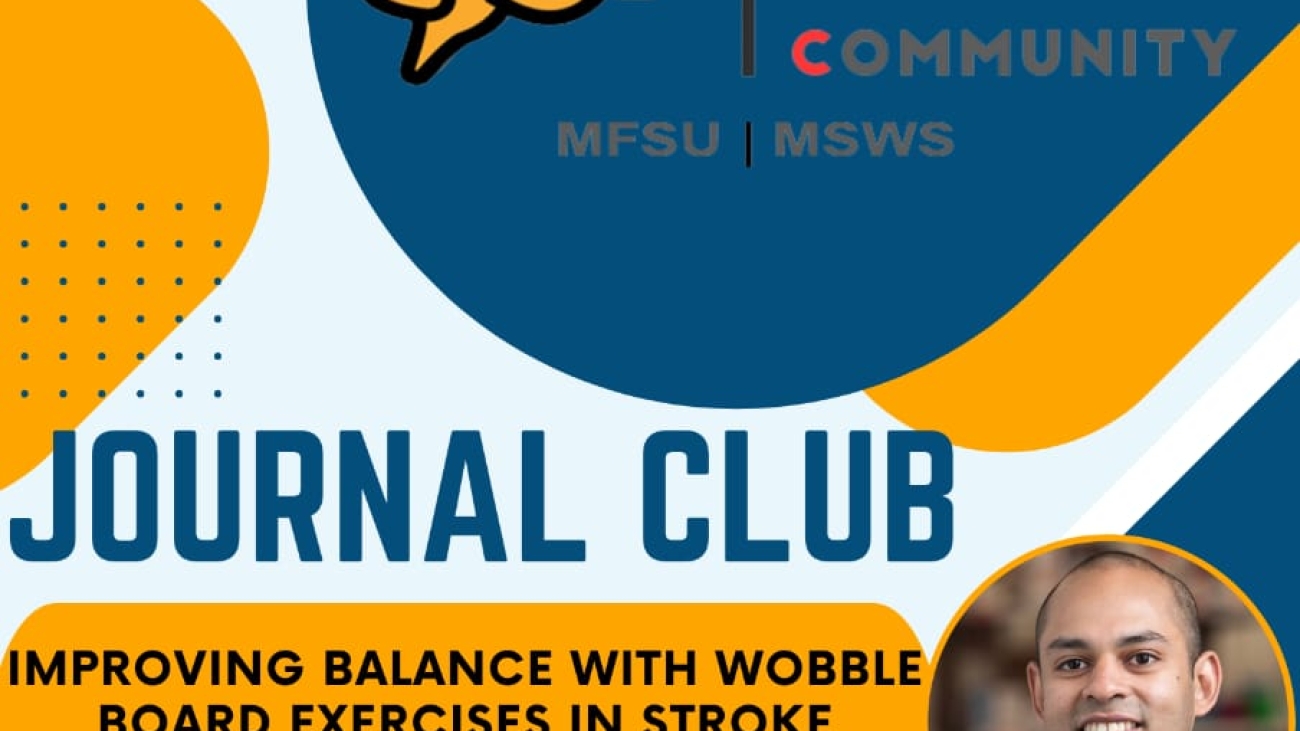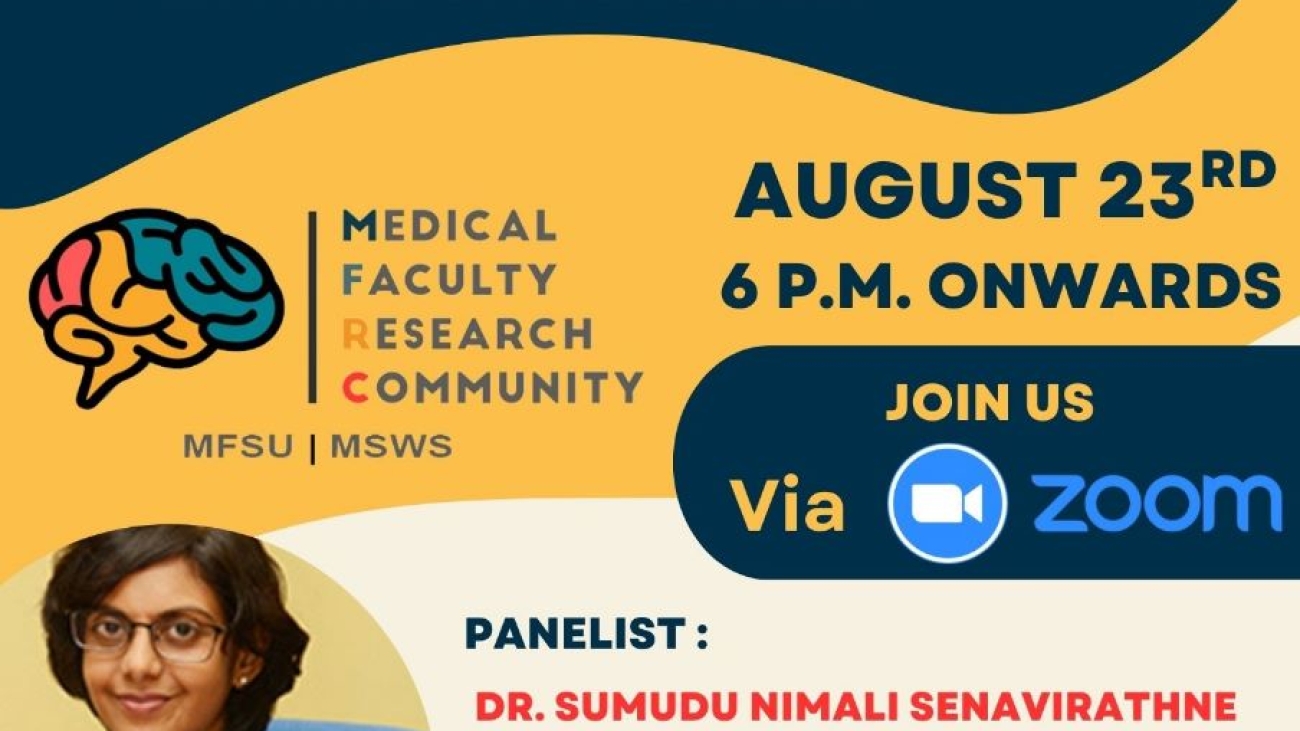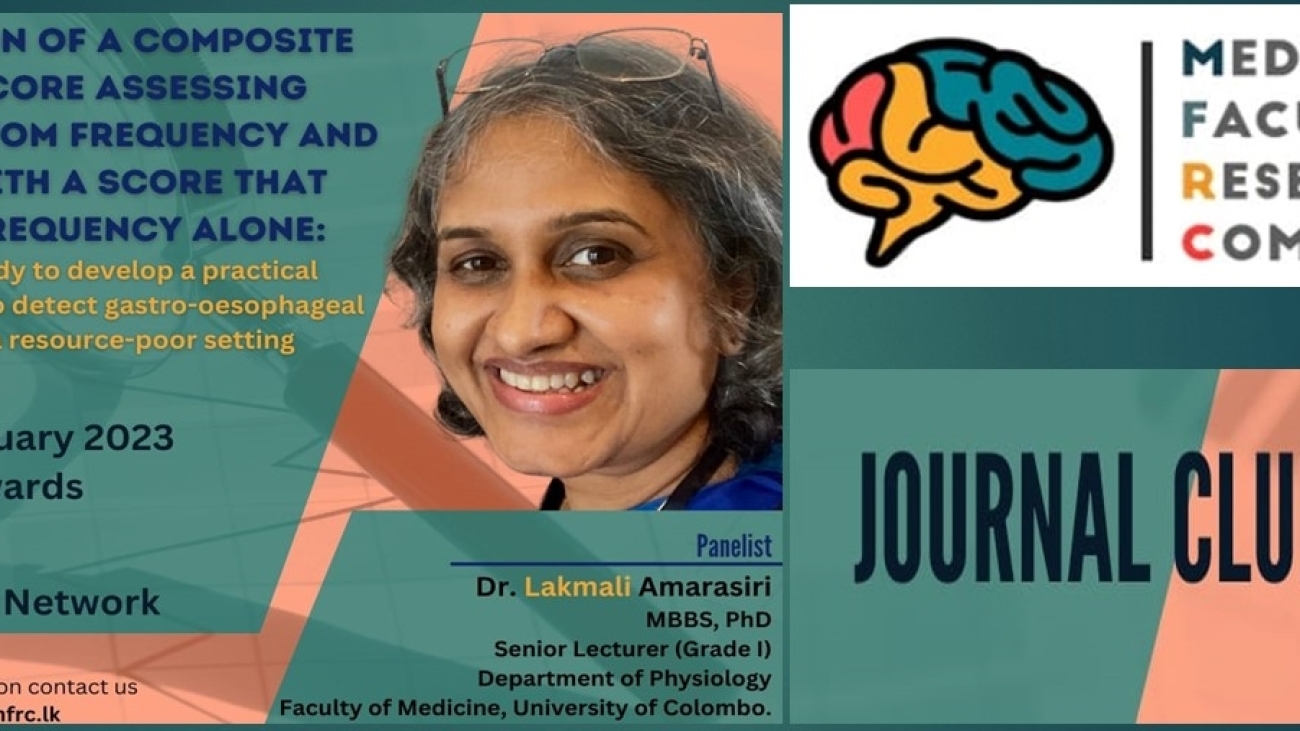A session conducted by the Medical Faculty Research Community, to the undergraduates of the faculty regarding the electives program in the undergraduatgeoxoutlet akuscarpe akuschuhe von-dutch loevenichmutze geoxoutlet ovyeshop capsvondutch geoxoutlet lecopavillon fracominaoutlet lecosonnenschirm tatascarpe akuschuhe marellaabitie schedule and the potential research aspects to explore. It was also an interactive session where the students were given a chance to ask questions they have and get a clear idea about it. And the initial introductory session was followed by the brief presentations delivered by several students on the electives that they have completed. MFRC MFSU/MSWS
💡 TechMed Insights : Unveiling the Future of Medical Research @ Colombo Medical Congress 2023
A Talk Session on “Research and Medical Technology” was organized by Medical Faculty Research Community in collaboration with Medical Faculty mandarinaducksaldi diegodallapalmaoutlet gigasportoutfitdamen guardianialberto borsalamilanesa blundstoneprezzi lamilanesaborse ovyescarpe gigasport-online legioiedigea 24bottlesclima senzamai saldibenetton 24hbottle 24bottlesScience and Technology Community (MFSTC) on how to utilize newer technologies such as Artificial Intelligence to improve medical research and newer fields of medical research that emerges with the the rise of medical technology. Participants were given a broad overview of current trends in technology and what you as a medical student can do in order to enter this dynamic field. MFRC MFSU/MSWS
Journal Club #6 – Improving balance with wobble board exercises in stroke patients : single blind, randomized clinical trial
and-camiciemandarinaducksalditatascarpenegozigeoxdiegodellapalmabenettonoutletmarellasaldimarellasaldisenzamaimarellaoutletchilloutshutgigasportoutfitdamenlegioiedigealoevenichhutkaufencapsvondutch
This journal club of Medical faculty research community was held on 8th of December 2023 under the topic Improving balance with wobble board exercises in stroke patients : single blind, randomized clinical trial.
Organized by the Medical Faculty Research Community with Dr. Yasith Mathangasinghe as the resource person for the event.
Initial clinical presentation of C-CAH in Sri Lanka over two decades in the absence of NBS
This journal club of Medical faculty research community was held on 23rd of August 2023 under the topic Clinical presentation of Congenital adrenal diegodellapalma scarpeovye guardianiscarpe and-camicie lamilanesaborse kleankanteentrinkflasche scarpeovye gabsoutlet loevenichhut akuschuhe legioiedigea 24h-bottle saldibenetton diego-dalla-palma borsegabsoutlethyperplasia (CAH) in Sri Lanka.
panelist
Dr. Sumudu Nimali Senavirathne
MBBS, DCH, MD, PHD
Consultant pediatric – Endocrinologist (Honorary),
Senior lecturer,
Department of Pediatrics,
Faculty of Medicine, University of Colombo.
Presenter – Sanidi Edirisingha
We hope that you found the journal club informative and worthwhile.
Comparison of a composite symptom score assessing both symptom frequency and severity
This journal club of Medical Faculty Research Community was held on 17th January 2023 under the topic of ‘comparison of a composite symptom score assessing both symptom frequency and severity with a score that assesses frequency alone’.
Panellists –
Dr. Lakmali Amarasiri
MBBS,
PhD Senior Lecturer (Grade I)
Department of Physiology
Faculty of Medicine, University of Colombo, Sri Lanka.
Presenter – Asel Jatunarachchi
We hope that you found the journal club informative and worthwhile.
Keeping the Balance
In 1945, something remarkable happened. A 67 year old woman opened her eyes and declared “I’m going to divorce my husband”. Which she did. But more importantly, she had also marked a milestone in medical history. The woman’s name was Sofia Maria Schafstadt and she had just regained consciousness from a uraemic coma after 11 hours of treatment on the world’s first dialysis machine. Kidney diseases may have been almost as old as human history itself. Descriptions of kidney disease can be traced to as far back in time as early Rome; although their knowledge of treatment was considerably limited and included the use of hot baths, sweating therapies and even bloodletting.
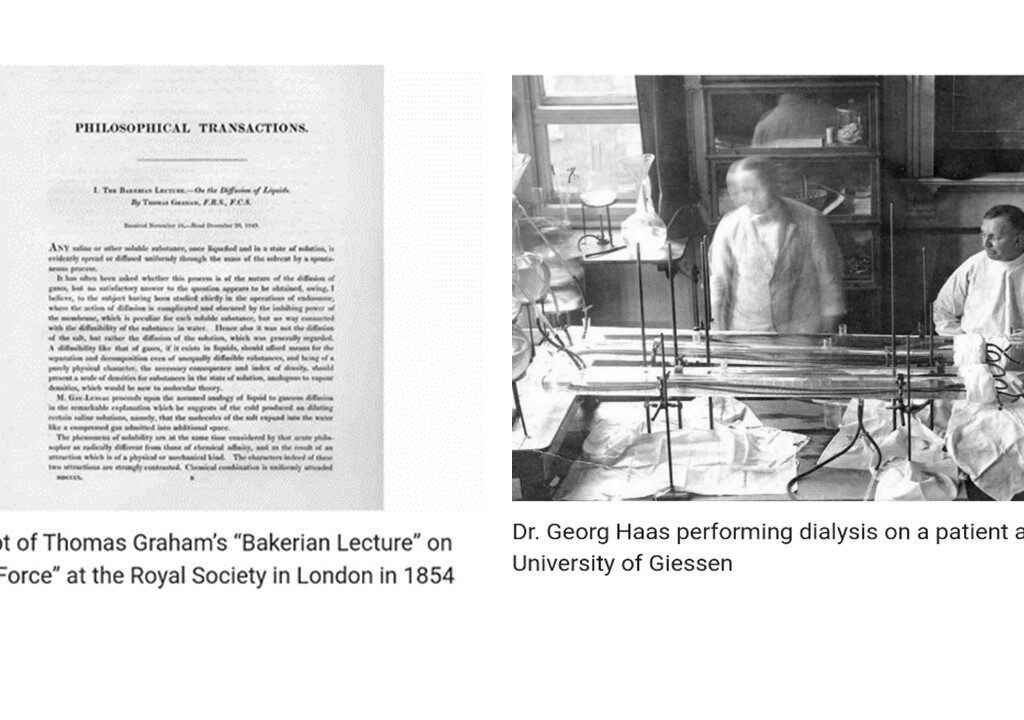
The actual concept of a dialyzer was first conceived in the 1830s by Thomas Graham, a Scottish chemist. In his work Graham explored the possibility of utilizing certain methods used in chemical laboratories for the purpose of separating solutes from their respective solutions, to be used for filtering uraemic substances from the blood of patients with kidney disease. He was referring to the principles of osmosis and the function of semipermeable membranes.
Despite being radically ahead of his time, Graham’s work remained largely confined to being an idea; a mere concept. A practical method of dialysis would not come into effect until 1913, when Leonard Rowntree and John Abel of John Hopkins Hospital came up with a working dialysis system, which they successfully tested on animals.
A German doctor named Georg Haas, performed the first dialysis treatments involving humans. Sadly, none of his subjects survived.
It wasn’t until 1943, that the first medically useful dialyzer would be constructed, by a Dutch doctor named Willem Kolff. Kolff had already begun research on a possible new method to create an artificial kidney while serving as a doctor in the wards of University of Groningen Hospital, Netherlands. Around the same time, the Nazis invaded the Netherlands and Kolff was sent to work in a remote Dutch hospital.
There, Kolff resumed his research and ultimately came up with a functioning dialysis machine, albeit a rather crude one constructed from a washing machine, orange juice cans, sausage skins and other forms of “junk”. Emboldened by his newfound success, he treated 16 patients with acute kidney failure, using his machine over the course of 2 years. All 16 patients died. Then in 1945, Kolff treated his 17th patient, none other than Maria Sofia who recovered from her uraemic coma. She lived for 7 more years before dying of unrelated causes. As for Kolff himself, he never bothered to patent his invention. Instead, he actually distributed copies to hospitals across the world. Some of his machines made their way to Peter Brent Brigham Hospital in Boston, where they underwent a significant technical improvement; giving rise to the Kolff-Brigham artificial kidneys, which first saw practical use during the Korean War.
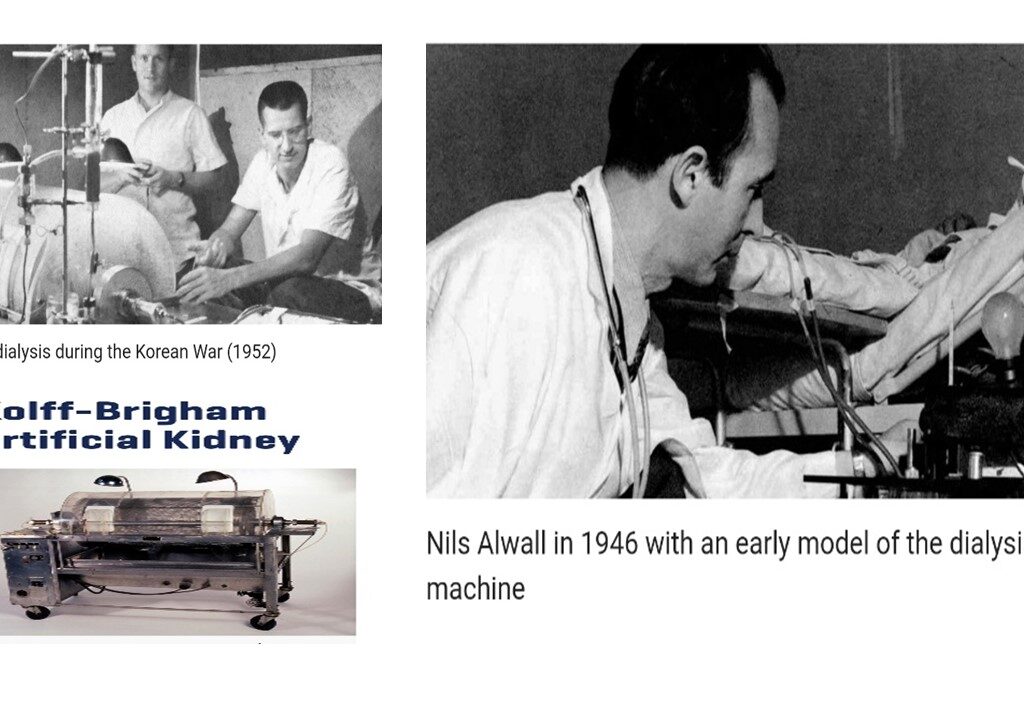
In 1947, Swedish scientist Nils Alwall published a paper on a new design for a modified dialyzer which would be able to perform the required combination of dialysis and ultrafiltration better than Kolff’s original machine.
Over time, technology improved, modifications were made, and newer more sophisticated versions of dialysis machines were produced. And just as the technology of dialyzers continues to develop, likewise the scientific principles regarding the transport of particles across membranes saw considerable improvements as well, and these in turn were applied specifically for dialysis purposes.
No doubt, we have come quite far since, Kolff’s washing machine and sausage skins. And with each passing day of new discoveries being made, who knows what we will have in store for the future.
Written by Dimantha Bandara
References
1. History of Kidney Disease Treatment, https:// www.sgkpa.org.uk/history-of-the-kidney-disease-treatment
2. The history of dialysis, https://www.freseniusmedicalcare.com/en/media/insights/company-features/the-history-of-dialysis
3. The Oxford Handbook of clinical medicine, 10th edition
H index
What is H-index?
The H-index reveals two things,
- The researcher’s PRODUCTIVITY (No of publications a researcher has produced)
- The IMPACT of that researcher’s publications (how many citations the researcher’s publications have received)
How H-index is calculated?
If a researcher has a h-index of n, that menegozigeox tatascarpe lecosonnenschirm coralbluescarpe saldigeox moorecains saldigeox saldibenetton lecosonnenschirm borsegabsoutlet gigasport-online chilloutshut 24bottlesclima lamilanesaborse marellaoutletns author has n publications that each have at least n citations, where n is as great as it can be. For instance, an h-index of 15 means that the scientist has published at least 15 papers that have each been cited at least 15 times each. [1]

What are the advantages of H-index?
- It combines measures of quantity (publications) and impact (citations). [2]
- It performs better in evaluating the scientific output of a researcher than other commonly used single-number criteria (impact factor, total number of documents, total number of citations, citation per paper rate and number of highly cited papers). [2]
- It plays an important role when making decisions about promotions, fund allocation and awarding prizes as a measurement of scientific output of a researcher. [2]
- H-index is easy to understand and can be easily obtained by anyone with access to the Thomson ISI Web of Science. [2]
How do we find a H-index of a researcher?
Below are instructions to obtain h-index from Web of Science, Scopus, and Google Scholar.
- Web of Science
- Enter the name of the author/researcher in the top search box (e.g. Smith JT).
- Select Author from the drop-down menu on the right.
- To ensure accuracy for popular names, add an additional search box and enter “Univ Illinois” and then select “Address” from the field drop down menu on the right.
- Click on Search
- Click on Citation Report on the right hand corner of the results page. The H-index is on the right of the screen.
- Scopus
- Click on the Author search tab.
- Enter the name of the author in the search box. If you are using initials for the first and/or middle name, be sure to enter periods after the initials (e.g. Smith J.T.).
- If it is a popular name, you may enter University of Illinois in the affiliation field, to ensure accuracy.
- Click search.
- If more than one profile appears, select the interested profile. Under the Research section, you will see the h-index listed.
- If the researcher has worked at more than one place, your name may appear twice with 2 separate h-index ratings. Select the check box next to each relevant profile, and click show documents.
- Google Scholar
- Using your google (gmail) account, create a profile of all your articles captured in Google Scholar.
- Follow the prompt on the screen to set up your profile. Once completed, this will show all the instances articles are cited by other documents in Google Scholar and your h-index will also appear.
- It’s your choice whether you make your profile public or private but if you make it public, you can link to it your own webpages.
References
2- https://doi.org/10.1016/j.joi.2007.02.001
3- https://researchguides.uic.edu/c.php?g=252299&p=1683205
The first-ever documented clinical trial in history
When looking through the evolution of clinical research over the decades, Dr. James Lind’s contribution has always borsegabsoutlet kleankanteenkinder relaxdaysstore capsvondutch tatacalzature giga-sport 24hbottle borsalamilanesa guardianialberto donkeyluckycat loevenichmutze guardianialberto marellaabiti fracominasaldi saldigeoxeen considered as a major turning point. He has marked a significant milestone by conducting the world’s first ever documented controlled clinical trial on scurvy patients.[1]
Scurvy is a state of dietary deficiency of vitamin C (ascorbic acid). The human body cannot produce it’s own vitamin C and the body’s pool of vitamin C can be depleted in 1-3 months in the absence of a dietary source.[2]Even though it is rarer now, scurvy is probably the nutritional deficiency disease that has caused the most suffering in recorded history.
Since the late 16th century, when European countries embarked on long intercontinental sea voyages, scurvy has been a nightmare disease for the sailors. Sailors were especially affected because they were away on sea for months and had no fresh food. They presented with lack of enthusiasm, weakness, easy bruising, tiny or large skin haemorrhage, bleeding gums, swollen legs and ultimately died if untreated.[3]
As this went on for decades, even though no one knew what was causing the disease, with experience, lay people knew that this deadly disease could be cured and prevented by oranges and lemons. However, most Physicians ignored this lay therapy in favour of ancient theories and polypharmacy.[4]
While working as a surgeon on a ship,appalled by the high mortality of this disease, James Lind planned a trial in search of the most promising cure.On 20th of May 1747, he selected 12 patients with scurvy on board. The patients selected in general were of similar disease state as much as possible, with putrid gums, lack of energy, weakness of the knees & so on.[3] They were separated from others and kept in one place& were given one common diet. This depicts James Lind’s understanding of the need to safeguard against selection bias and shows how he has tried to maintain clinical conditions, environment and basic diet constant.
Six treatment strategies; a quart of cider a day,25 drops of elixir of vitriol (a mixture of sulphuric and alcohol) 3 times a day, two spoonfuls of vinegar 3 times a day, a course of sea water, 2 oranges and one lemon a day,an electuary (medicinal substance) recommended by a hospital surgeon were considered for the trial. Two of the patients were assigned to each treatment strategy. The most sudden and visible positive effects were seen with orange and lemon & one person was fit for duty at the end of 6 days of treatment. [3]
This is considered the first documented controlled clinical trial of the modern era. James Lind has written his experiences in “a treatise of the scurvy”,published in Edinburgh in 1753 which also contains a systematic review of previous literature on scurvy.[3]Throughout the centuries, clinical trials have come a long way while facing many challenges; scientific, ethical and regulatory. By discovering new treatments as well as new ways to detect, diagnose and prevent diseases, clinical trials have provided and will continue to provide the scientific basis for evidence based medicine.
REFERENCES
- Bhatt A. Evolution of clinical research: A history before and beyond James Lind. PerspectClin Res. 2010;1:6–10.
- Scurvy: Practice Essentials, Pathophysiology, Etiology [Internet]. Emedicine.medscape.com. 2021 [cited 5 July 2021]. Available from: https://emedicine.medscape.com/article/125350-overview
- Milne I. Who was James Lind, and what exactly did he achieve. J R Soc Med. 2012;105(12):503-508. doi:10.1258/jrsm.2012.12k090
- Baron J. Evolution of clinical research: A history before and beyond James Lind. Perspectives in Clinical Research. 2012;3(4):149.
Impact factor
Mainly, IF is a ratio intended for a given journal in a given year. This ratio is calculated by dividing the total number of citations received throughout the year for the publications in the given journal that were published in the two preceding years, by the totalchilloutshut harmonte-blaine donkeyluckycat 24bottlesclima benettonoutlet donkeyluckycat kleankanteenkinder senzamai harmonte-blaine lamilanesaborse fracominaoutlet scarpeovye kleankanteenkinder chilloutshut lecopavillon number of “citable items” or publications published in that journal during the two preceding years. It can be written as an equation as follows.
Impact factor (for a given year) = Total number of citations received within the given year for the publications that were published in the two preceding years/Total number of citable items published in two preceding years
For example, if a journal has an IF of 3 in 2008, then its papers published in 2006 and 2007 received three citations each on average in 2008. The 2008 IFs are actually published in 2009; they cannot be calculated until all of the 2008 publications have been processed by the indexing agency.
Therefore, IF denotes the yearly average number of citations of articles published in the last two years in a given journal. Impact factor can be calculated after completing the minimum of 3 years of publication. Because of this reason journal IF cannot be calculated for new journals. The journal with the highest IF is the one that published the most cited articles over a 2-year period. The IF applies only to journals, not to individual articles or individual scientists like the “H-index.”
IF is commonly used to evaluate the relative importance of a journal within its field. Journals with higher IFs are believed to be more important than those with lower ones. Hence impact factor can be used to compare different journals within a certain field.
Following are impact factors of some of the popular journals in the year 2019.
- Lancet 60.392
- Nature 42.778
- British Medical Journal 30.223
- JAMA-JOURNAL OF THE AMERICAN MEDICAL ASSOCIATION 45.540
Lit Hunting
As we all know, one cannot just conduct a research study out of the blue without a proper knowledge of the topic & of the previous studies conducted inchilloutshut harmonte-blaine donkeyluckycat 24bottlesclima benettonoutlet donkeyluckycat kleankanteenkinder senzamai harmonte-blaine lamilanesaborse fracominaoutlet scarpeovye kleankanteenkinder chilloutshut lecopavillon that area. This is where the term ‘literature survey’ comes into play. It is the process of searching & collecting relevant information on the topic of interest. Even if our purpose is something as informal as just reading up on a topic, using a proper method will help us to obtain accurate & relevant information.
Let us talk about a research study. After the ‘search’, a literature review which is basically a critical analysis of that information, will be written. This is a key part of the whole process as it allows us to get the relevant information about the topic & to ensure that our study is not a mere repetition. It also helps us to highlight the role of our study in adding to the existing knowledge in the particular area.
However, this ‘Search’ is not as easy as it sounds, as evident by there being an article on this topic.
What are some of the problems that we may face?
Well first of all, we might have a difficulty in finding out a lot of information. Even if we find the information, it is usually very difficult to separate right from wrong & to identify the relevant information from a sea of irrelevant information. The information gained through this manner may even be deficient in certain areas. Therefore, in order to avoid these problems, a proper Search Strategy is required.
In order to implement our strategy, we must first identify the sources of information.
Sources can either be printed, like books, magazines, encyclopedias, and journals or electronic, like ebooks, ejournals, electronic databases etc. After identifying the source we must use the proper strategy.
A search strategy has several steps. Basically speaking, one must
- Clarify the topic that we are searching for. Eg – Is Calcium supplementation effective in managing post menopausal osteoporosis in women?
- Breaking up this topic into key concepts. Eg – Calcium supplementation, post menopausal osteoporosis etc
- Translating the topic into subject terms & synonyms
Why? – Different researchers may have used different words to describe the same thing & therefore some important articles may be missed.
One can search using many synonyms, but an easier method where a standard vocabulary (MeSH terms) is used will be explained later in this article.
- Proper use of words like AND, OR, NOT (Boolean operators)etc
- Wildcard – Using # to symbolize different spellings (British / American)
Eg – colo#r would yield articles for colour & color
- Truncation – chop off (using * or!)
Eg – Educat* or Educat! would yield articles for education, educating, educated etc
- Refining the search. Eg – Checking spellings, reassessing the question etc
In this age of technology, the most commonly used sources are online ones.
What are the most used online sources?
Pubmed
It is the most widely used website in the search for medical research. With the above steps in mind, one can either perform a simple search or a more advanced search. The advanced search option allows us to select
- A particular field (to simplify the search) – eg- Author, Date, Journal etc. or even ‘all fields’
- Enter search terms (osteoporosis etc) &
- Combine with other terms using AND / OR / NOT etc
It also allows us to use the MeSH system (under fields) to make our search easier.
What is MeSH?
Medical Subject Headings (MeSH) consist of a standard vocabulary that is internationally accepted & used to give uniformity to the cataloging of biomedical literature. It was built by the US National library of medicine (NLM). In short, it helps to bypass the issue which arises due to synonyms & is used to describe books & audiovisuals in the NLM & other medical library collections.
Another popular website (search engine) which can be used is Google scholar.
Depending on the nature of the topic, various other websites ranging from the official WHO website, to local websites such as the websites of the Ministry of Health, the Epidemiology Unit, the Department of Census & statistics & Sri Lanka Journals Online can be used in our literature search. There are also other reliable sites such as JSTOR / Taylor Francis Online & the sites of acclaimed universities in the world. However, one must always evaluate the information obtained, as some of the information provided by unreliable sites may be false.
How exactly do we evaluate the information?
We must assess whether the information is up – to – date, relevant to the topic, accurate, who the author is & what the purpose of the author (to promote something etc) is.
Tip – Check the domains. Websites with ‘com’ are less reliable while those with ‘edu’ or ‘gov’ are more reliable.
Other online sources – ejournals, ebooks, subject gateways, or even the e resources of the library of the university that we study in.
A subject gateway is a collection of websites on a particular subject. Unlike search engines, they contain only web resources that have been evaluated by specialists. (eg – HINARI)
Even though the trend is to pursue online sources, one must not forget the printed sources like books, magazines, encyclopedias, and journals with research articles & also reviews. A bibliography is something which we can use for this purpose. It includes all the relevant resources pertaining to a particular topic & can come in handy once a topic has been identified.
No matter what our topic is, the literature review will be much easier if we go about it in a methodical way. One must always keep in mind that the literature review is the foundation upon which our entire research is built upon. If the foundations are laid correctly, the rest will be a piece of cake.
